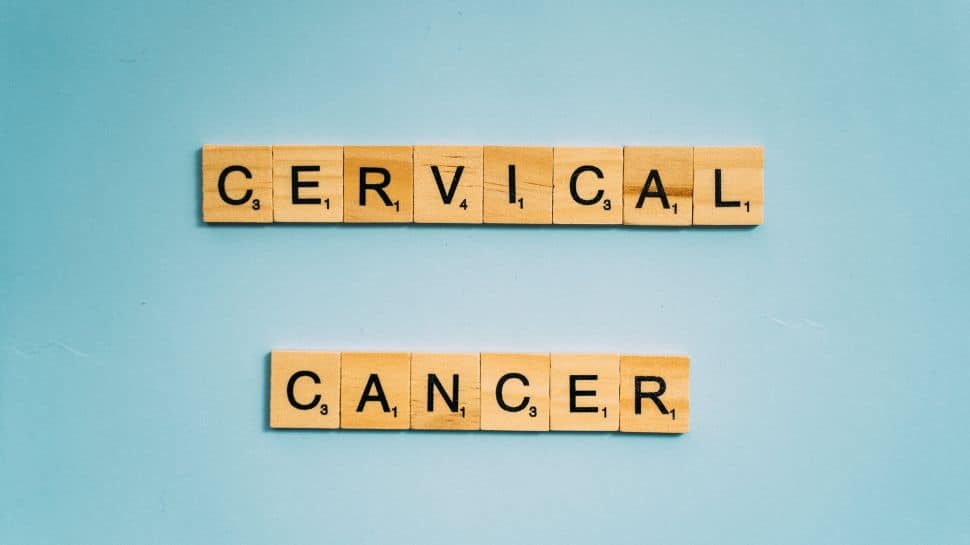Cervical cancer is a prevalent health concern affecting women worldwide, with approximately 570,000 new cases reported annually. Emerging as a major public health issue, this malignancy primarily originates in the cervix, the lower part of the uterus.
As the global medical community intensifies efforts to tackle this preventable disease, the ongoing discourse surrounding cervical cancer highlights the need for accessible healthcare, comprehensive awareness campaigns, and equitable distribution of resources to ensure effective prevention and treatment strategies.
But what is cervical cancer? What are its early signs, causes, symptoms? Dr Roli Banthia, Consultant -Obstetrics and Gynaecology, Yatharth Hospital, Noida Extension explains how cervical cancer is caused and preventive measures to take.
Also read: World Cancer Day 2024: Date, Theme, History, Significance And Quotes That Echo Strength
What is Cervical Cancer?
Cervical cancer is a type of cancer that occurs in the cervix, the lower part of the uterus that connects to the vagina. The primary cause of cervical cancer is persistent infection with high-risk types of human papillomavirus (HPV). Over time, this infection can lead to the development of abnormal cells that may become cancerous.
Early Signs Of Cervical Cancer:
Early signs of cervical cancer may not be apparent, which is why regular screening is crucial. However, potential early signs include abnormal vaginal bleeding, such as bleeding between periods, after intercourse, or after menopause. Additionally, increased vaginal discharge, pelvic pain, or pain during intercourse may be indicative of early stages of cervical cancer.
Causes Of Cervical Cancer:
The primary cause of cervical cancer is the infection with certain types of HPV. Other risk factors include smoking, a weakened immune system, long-term use of birth control pills, multiple sexual partners, and early onset of sexual activity.
Symptoms Of Cervical Cancer:
Symptoms of cervical cancer may include abnormal vaginal bleeding, pelvic pain, pain during intercourse, and increased vaginal discharge. Advanced stages may present with weight loss, fatigue, and swelling in the legs.
Who is Susceptible To Cervical Cancer?
Women are at a higher risk of developing cervical cancer, especially those with persistent HPV infections. Other risk factors include a family history of cervical cancer, smoking, long-term use of birth control pills, a weakened immune system, and engaging in high-risk sexual behaviors.
Precautions To Take For Cervical Cancer:
HPV Vaccination: Vaccination against high-risk HPV types is a primary preventive measure. HPV vaccination is a crucial preventive measure against cervical cancer and other HPV-related diseases, recommended for both males and females ideally before the onset of sexual activity. Administered in two or three doses, the vaccine targets high-risk HPV types, significantly reducing the risk of persistent infections that can lead to cervical cancer.
Recommended by organizations like the CDC and WHO, routine vaccination for adolescents and catch-up vaccination for individuals up to age 26 contribute to community immunity and overall public health. Despite proven effectiveness, addressing vaccine hesitancy and improving access remains essential to maximizing the impact of HPV vaccination in preventing a range of HPV-related cancers and diseases.
· Regular Screening: Routine Pap smears or HPV tests can detect abnormal changes in the cervix early on, allowing for timely intervention and prevention.
· Safe Sexual Practices: Practicing safe sex, including consistent and correct contraceptive use, can reduce the risk of HPV transmission.
Treatment Involved: Treatment options for cervical cancer depend on the stage of the disease and may include surgery, radiation therapy, and chemotherapy. Early-stage cervical cancer may be treated with surgery to remove the cancerous tissue, while more advanced stages may require a combination of treatments.


